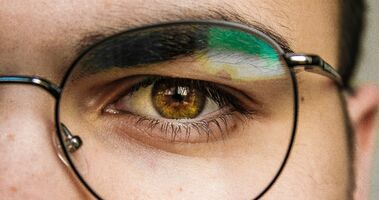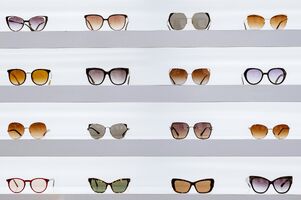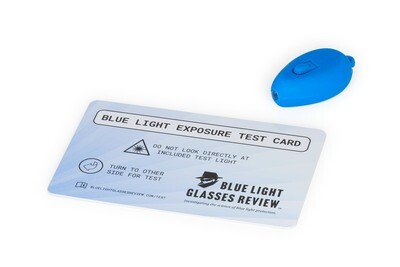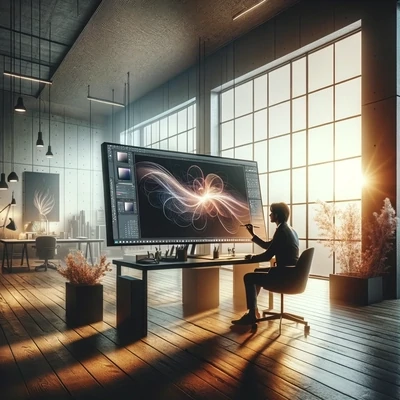

Investigating the Science of Blue Light Protection
Do Your Glasses Block Blue Light?
About Us
With the combination of increasing human lifespan, and changes in modern lifestyles resulting in an unnatural distribution of artificial light exposure to our eyes, the importance of maintaining eye health is a growing issue. Our mission is to empower consumers with information and tools to understand and verify claims of blue light protection in the marketplace, so they can make informed decisions.


The Science of Blue Light
Types of Blue Light

Properties of Blue Light

Types of Blue Light Blocking Eyewear

Product Review Database
We analyze leading brands of eyewear and lens manufacturers to asses in detail the blue light transmission properties of each.


